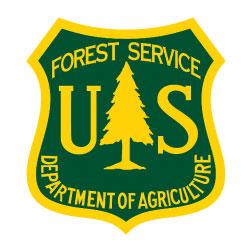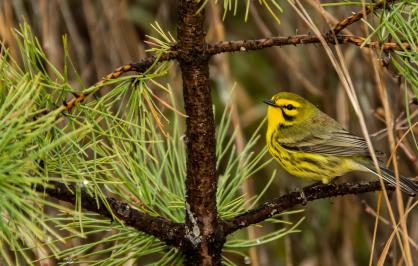
Enhancing forest health for wildlife, water and climate
A controlled burn creeping through a well-managed stand of longleaf pine will send a giant plume of smoke into the sky, often visible for miles. Such prescribed fires mimic naturally occurring wildfires that clear away competing hardwoods and support not only the pine trees themselves, but also this forest type’s biologically rich understory of fire-loving grasses and herbaceous perennials.
Fire plays a vital role in maintaining the health of the longleaf ecosystem. These long-lived trees, in turn, play a vital role in maintaining healthy wildlife populations, abundant fresh water, and carbon storage both above and below ground. Even so, it can be tough for most people to reconcile that giant plume of smoke with long-term climate benefits. Of all the habitat types in the United States, longleaf pine forests offer some of the most intriguing lessons about the elemental interaction of fire and water, earth and sky.
“The longleaf ecosystem provides tremendous benefit for maintaining long-term resilience in the face of climate change,” said Carol Denhof, president of The Longleaf Alliance. “The longleaf pine has a long life span and can store carbon for relatively long periods of time. They are also built to withstand and thrive with fire, survive strong storms, and be less susceptible to insect pests.
“They also do amazing things for surface water quality and quantity. Longleaf forests soak up and filter rainwater, and the trees, as well as the associated ground cover species, are incredibly efficient with water use through times of drought.”
In 2022, NFWF awarded more than $1.7 million to The Longleaf Alliance to continue landscape-level conservation projects to replant longleaf seedlings, enhance management across hundreds of thousands of acres of existing longleaf pine forests, and educate the public about the benefits of forest management.
These investments were just a few of the many made by NFWF to protect and enhance the ecological services provided by trees, from towering sequoias in Southern California to spruce hemlocks in Oregon, sugar maples in Michigan, white oaks in Kentucky and, of course, longleaf pines in Georgia.
Related Content














